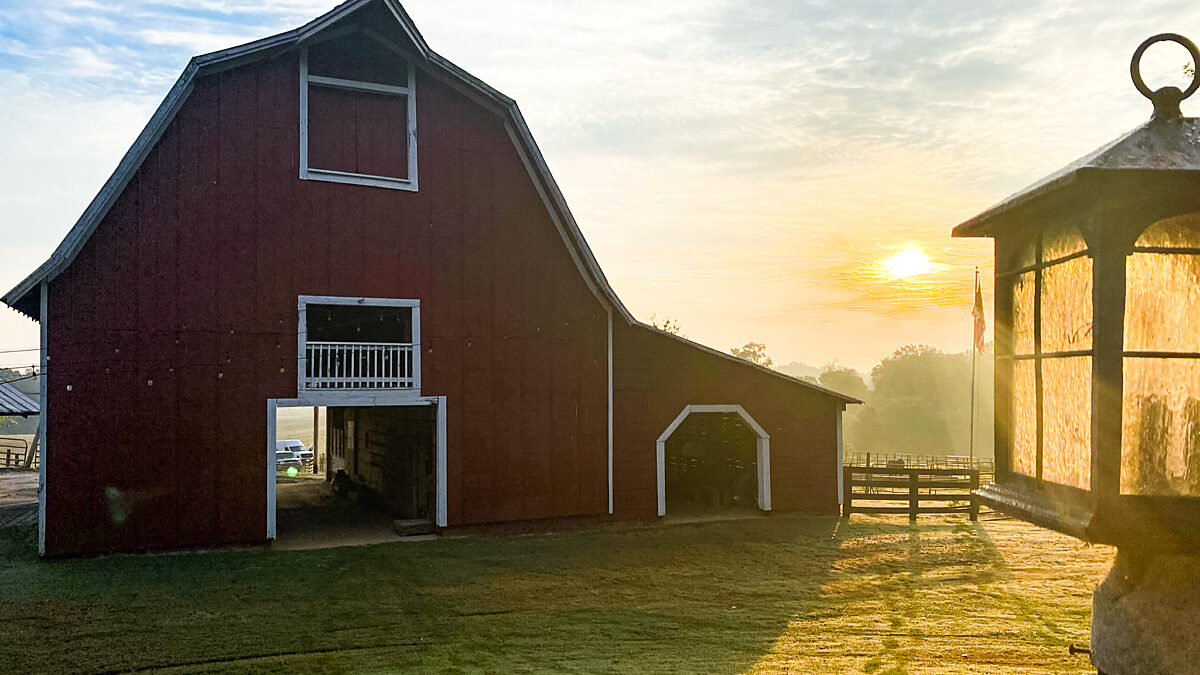Tax Burdens Continue to Plague Family Farmers
Guest Author
Special Contributor to FB.org

photo credit: AFBF Photo, Mike Tomko
Guest Author
Special Contributor to FB.org
By Shiloh Perry
Today, 99 percent of all U.S. farms are family farms, accounting for 89 percent of U.S. food production, according to the Agriculture Department. These are impressive statistics for farms categorized as being operated by families – individuals, family partnerships or family corporations. The numbers speak to the character and motivation of America’s farmers and ranchers and the high-quality food, fiber and renewable fuels they provide. It is becoming more and more difficult, however, for family farms to remain in business.
There are many factors that influence the continuation of the family farm or ranch. While each transition is unique to a specific business and family situation, all sectors of agriculture, at one time or another, face the tax burdens associated with ownership changes and business expansions to include other family members. Additional costs, including those associated with tax burdens following the death of a family member, further discourage farmers and ranchers.
It is becoming more and more difficult, however, for family farms to remain in business.
It’s not often understood that those involved in agriculture are part of a high-risk and capital-intensive industry. Simply put, farming and ranching businesses have historically operated in a world of uncertainty and still do today. Even on the best days, things like weather, machinery mishaps or fluctuating input prices and commodity markets can influence a farm or ranch in unforeseen ways. Agricultural businesses also involve large, long-term investments in assets such as land and buildings, which comprise roughly 79 percent of all farm or ranch assets. Given the nature of agriculture, capital gains taxes and estate taxes complicate the transfer of family farms or ranches from one generation to the next.
Although the capital gains tax rate is currently lower than the individual income tax rate, it discourages the transfer of farms and ranches to family members and ultimately holds back agricultural businesses. Capital gains taxes are owed when assets are sold. Capital gains taxes on inherited assets based on stepped-up value are also due at the time of sale. When this occurs, farm families may hold onto assets when it would be better for their business plan to shed them. They may even end up increasing an asset’s asking price to cover the steep penalties associated with the tax. Further, if the capital gains tax rate increases, it would be harder for farmers and ranchers to let go of unnecessary assets and generate the revenue necessary to keep their business competitive. It would also be harder for young farmers to obtain land and start farming.
Current estate tax provisions complicate the transfer of many family farms or ranches because the indexed estate tax exemption of $5.49 million is still working to catch up with increased land values. During the life cycle of an agricultural business, land values typically increase, sometimes even tripling in worth. A good example is cropland values, which are 62 percent higher on average than a decade ago.
While the estate tax exemption provides much-needed relief for numerous farmers and ranchers, estate taxes continue to be a challenge for agriculture. Succession planning is a major component of any agricultural business operation, but constant changes to estate tax laws worry farmers and ranchers. The current state of estate taxes threatens agriculture because of its impact on necessary business expansions for farmers trying to hit economies of scale. Farmers and ranchers are forced to focus their efforts on costly estate planning in case the value of their business grows to exceed the estate tax exemption level.
The increased attention tax reform is receiving in Washington is welcome news. A few weeks ago, the White House released a joint statement explaining that tax reform should protect American jobs and provide for American families. While the Trump administration sheds light on the issue at hand, there is much work to do before tax burdens associated with continuing the family farm or ranch are truly alleviated. Significant progress will only be realized when farmers and ranchers can depend on a tax code that gives them the flexibility to adapt quickly to challenges.
Shiloh Perry
Media Relations Specialist
Top Issues
VIEW ALL